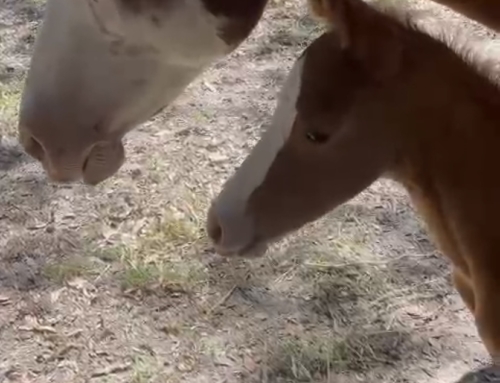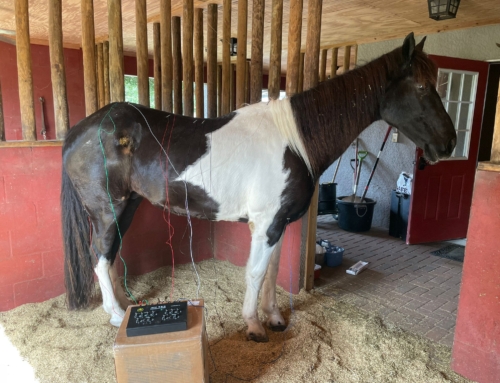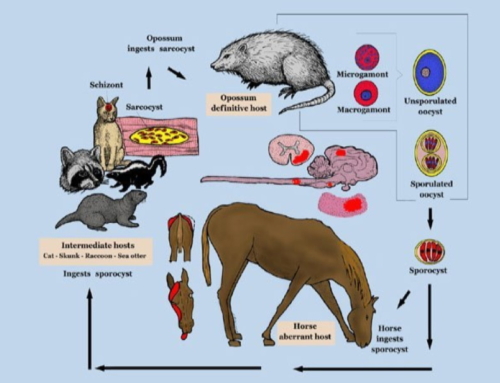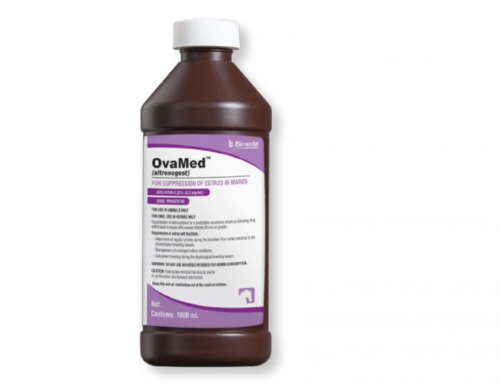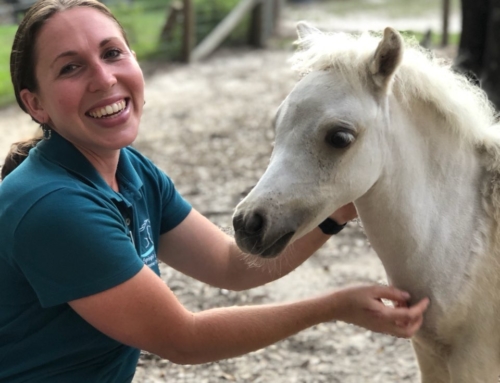Anhidrosis in Horses
Anhidrosis often begins with “puffing,” when the nostrils flare for an inordinate amount of time, especially under inappropriate circumstances.
Another sign your horse is or may be becoming anhidrotic is if they don’t cool down quickly after exercise or being turned-out.
It is also important to note that a horse can be considered anhidrotic even when they sweat in some areas, if they don’t cool down at a normal rate.
Dr. Francheville has been successfully treating horses with anhidrosis in Florida for over 13 years. Due to the summer’s excessive heat and humidity, especially this summer, it is recommended you always keep an eye on horse. If they start exhibiting any of the signs and symptoms of anhidrosis, it is strongly advised they get an acupuncture appointment immediately, to prevent the disease from progressing.
If you think your horse may be anhidrotic, at risk of, or you have any questions about the signs, symptoms and treatment, please contact us today.


